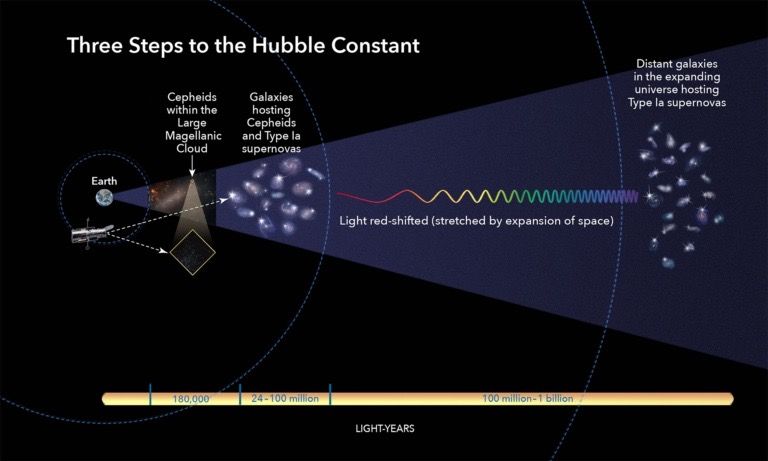Regarding the question about whether matter expands along with space:
It seems odd to me that this is even a question, at least among the people who believe that the whole universe expanded from something smaller than an atom (as measured with today's dimensions). If matter did not expand along with space, then everything would need to still be smaller than that atom-sized space that once contained it all (in theory - the BB Theory).
So, yes, we need to expect things that have space "in them" to expand.
And, further, the question about whether space is "sticky" is also worth attention. If space had expanded and left matter in its initial location, then the matter would still be clumped together too tightly to be anything but a black hole. The BBT gets matter defused by spreading it along with the space it assumes is expanding.
The "sticky" question is really more about "how sticky". And, the measured speed of light seems to have something to do with that. For matter to move through space (rather than along with space), it is limited to the speed of light. Even if space takes off at much greater relative velocities between different parts of itself, matter cannot resist that motion at anything more than the speed of light.
Of course, the speed of light depends on the rate of time passage, which most theorists seem to take as invariable, except near massive objects, where it slows down. And, that doesn't seem to be taken into account in the BBT, where all the mass in the universe is in a much smaller volume than today, but we don't think time was going slower. One problem is addressing "slower than what", since time in all the universe would be "slowed" and there is nobody outside of the universe with a steady watch to use as a reference. But, the thought process opens a big can of worms about how fast things that we see at huge look-back times might be running at different speeds than we expect.
One of the things that really bothers me about the BBT is that it assumes that the speed of light will always be measured to be the same as we measure it today, even though the measuring devices must be much smaller then than now to even fit into the hypothesized early universe. The theory assumes that light could traverse the early universe from "end-to-end" (whatever the "end" of a universe is) quickly so that the universe stayed homogeneous until it expanded by a huge amount. But, if miniscule observers (who would also expand) were measuring the speed of light with miniscule yard sticks in that early universe and still getting the same number of meters per second we get today, wouldn't they have been measuring their universe to be immense, in their miniscule units, so that it would have looked to them to be as large as our view of our universe today, and thus, for them to measure light being able to traverse their entire universe, they would have had to measure it going faster than we do now in terms of their meters per their seconds.
So, to me, either the "horizon problem" of causality in the early universe is not really solved, or the speed of light would not have remained invariant through the period of rapid inflation postulated in the BBT.
It is inconsistencies like that which make me think the BBT is not self-consistent in the way that the theorists are imagining it.



